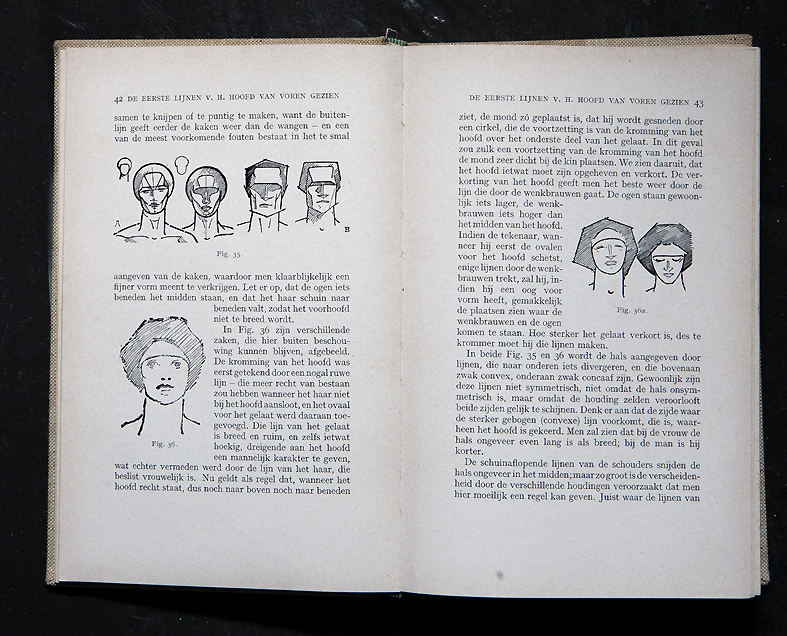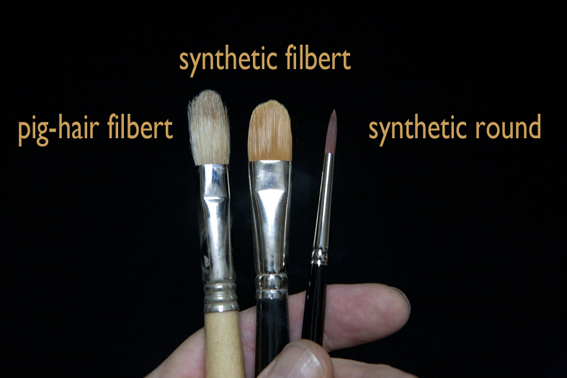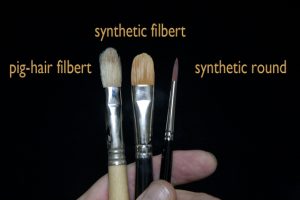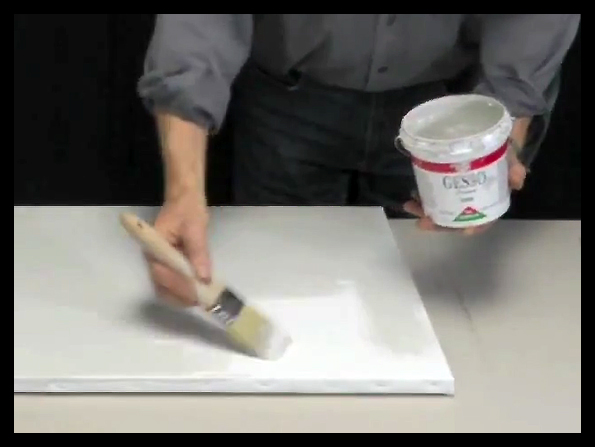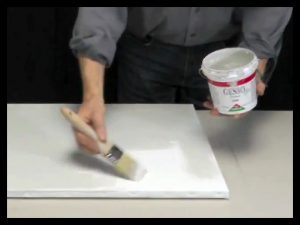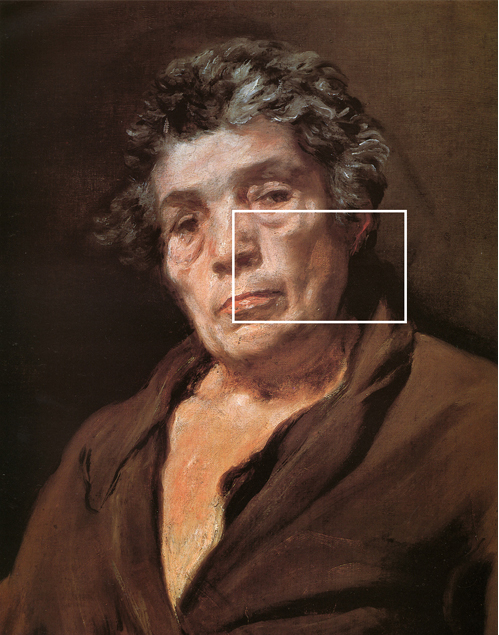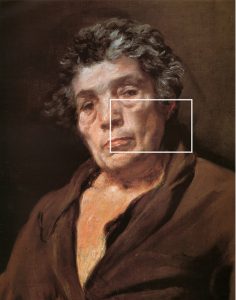Good books.
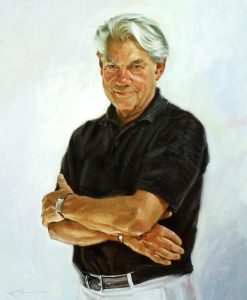
I painted this portrait ten years ago.
Long time ago I worked as a commercial illustrator. My agent was Art Box in Amsterdam. The owner became a good friend. I remember he lent us his car for two month when our daughter was born. “You need a car” was what he said. And indeed a car was most welcome at the time. That was in 1984. Once he gave me a book: “Rockwell on Rockwell”, subtitle “How I make a picture”.
Thinking it over, after all these years, this book made a fundamental change in my approach to how I was working until then. The manner Rockwell explained his “way” to a good painting, how he prepared his work, made me realize the importance of a controlled approach, and later I elaborated this way of working to my portrait painting. I am convinced that separating the main issues in portrait painting can help to overcome problems. Now I call it My Method, well regarded that is nonsense: of course it is not my own invention. I owe thanks to a lot of other art teachers, that I came across in books over the years. And last but not least I learned a lot of the Great Masters of painting like Velazquez, Rembrandt, Sorolla etc. But Rockwell opened my eyes.

Another book that was of fundamental value: Het Tekenen van de mens by Hatton & de Hey. I had to buy this book at the suggestion of Beatus Nijs, my drawing teacher when I was young. Still sometimes I consult this book.

